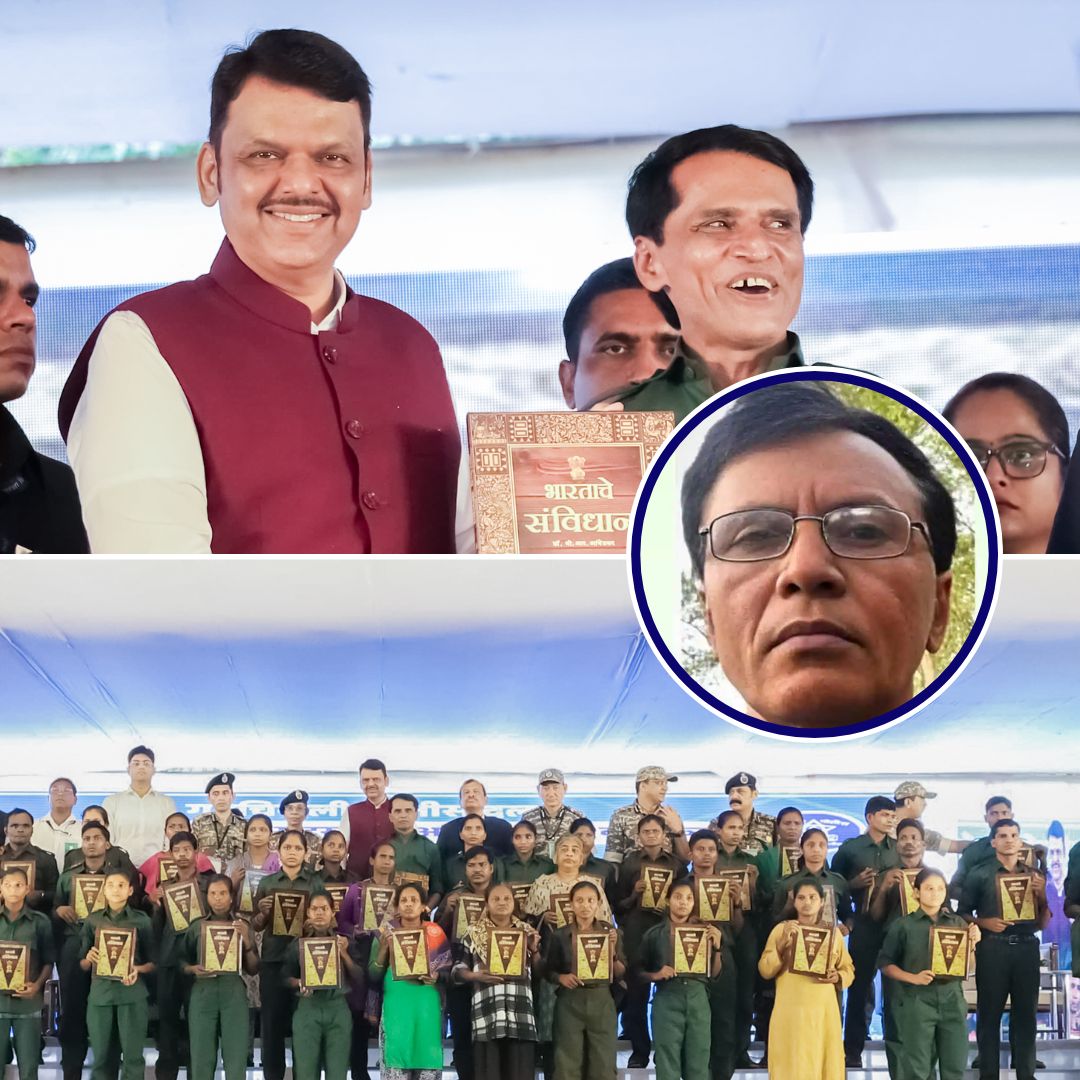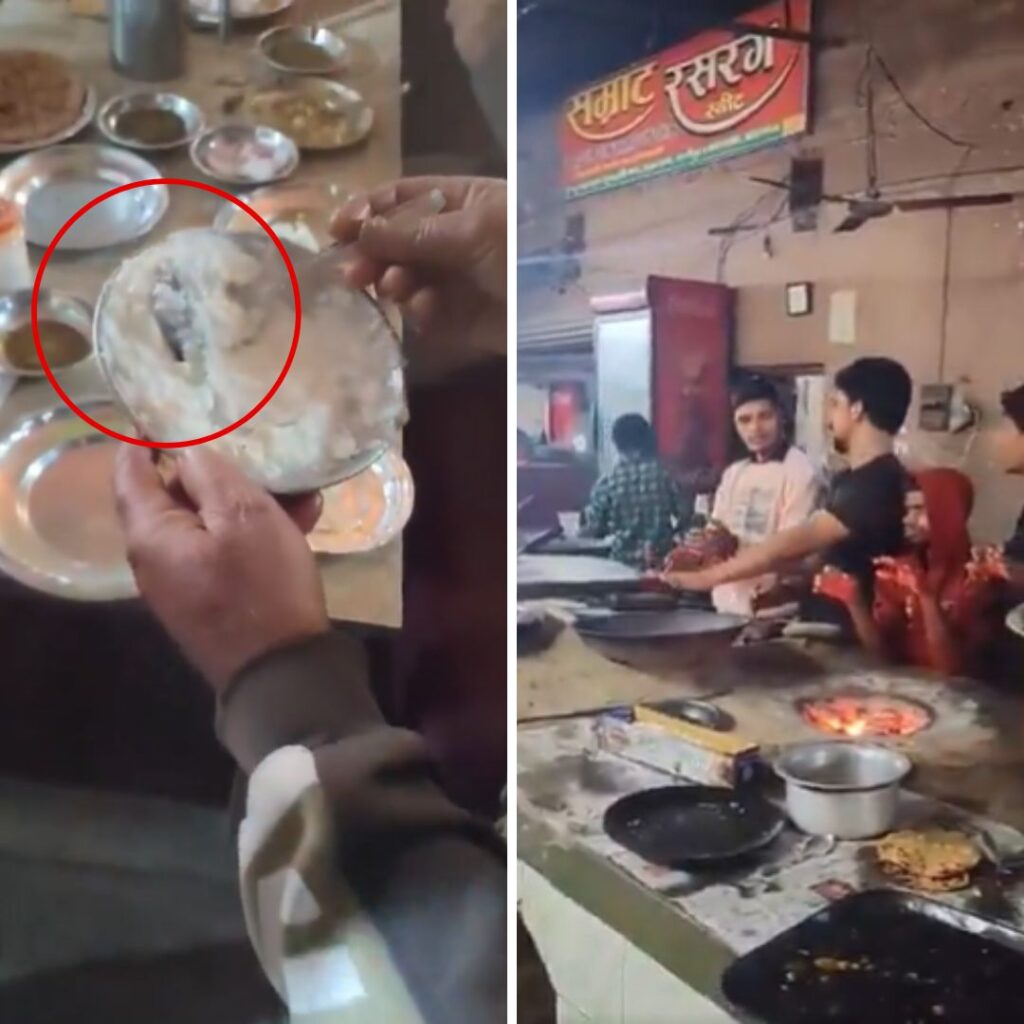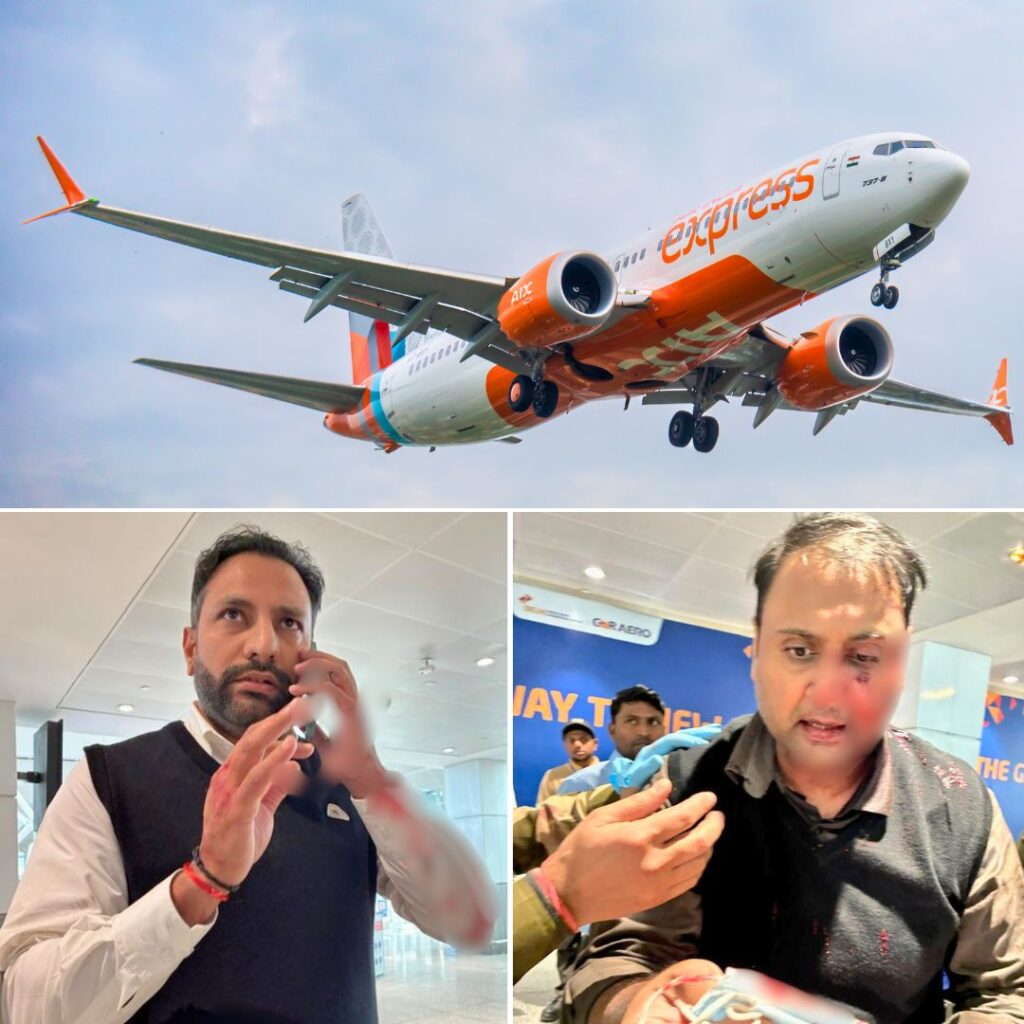In a landmark development for Maharashtra and India’s fight against Left-Wing Extremism, senior Maoist leader Mallojula Venugopal Rao, also known as Bhupati or Sonu, surrendered with 62 cadres at Gadchiroli Police Headquarters in Maharashtra.
The event was witnessed by Chief Minister Devendra Fadnavis, underscoring its significance. The surrender included the laying down of 54 weapons such as AK-47s and INSAS rifles. Rao, a 69-year-old senior strategist and CPI (Maoist) politburo member, declared his readiness for formal peace talks and called for a one-month ceasefire to consult with cadres.
This momentous act is seen as a decisive step toward ending Maharashtra’s five-decade-long Maoist insurgency and aligns with Union Home Minister Amit Shah’s vision to eliminate Naxal violence in India by March 2026.
Reasons Behind the Surrender and Government Response
Rao’s surrender followed an appeal he had made months ago urging a truce and abandoning violence. He and his cadres faced intensified security operations by specialized forces including Maharashtra’s C-60 commandos and multi-state units cornering Maoist strongholds like Gadchiroli and Abujmarh.
Rao had issued pamphlets and letters advocating cessation of armed struggle to preserve the party’s future, reflecting internal ideological splits. His wife, a former Maoist commander, had surrendered a year earlier, setting a precedent within the movement. In response, CM Fadnavis termed the surrender the “beginning of the end” of Naxalism in Maharashtra and expressed confidence that the entire “red corridor” spanning Chhattisgarh and Telangana would soon be free of Maoist influence.
Officials stressed the surrender’s historic nature, highlighting the decline of Maoist power and the importance of joining the mainstream under India’s constitution.
Background and Legacy of Mallojula Venugopal Rao
Mallojula Venugopal Rao, aged 69, was one of the most influential Maoist leaders, with over four decades in the banned CPI (Maoist) armed movement. He was the ideological head and chief spokesperson who maintained essential links between Maoist guerrillas and sympathizers outside forest zones.
Connected to the slain Maoist commander Kishenji, Rao played a strategic role in major attacks, including the 2010 Dantewada massacre. His long guerrilla campaign spanned Maharashtra, Telangana, Chhattisgarh, and Andhra Pradesh.
The surrender has dealt a severe blow to the Maoists’ ideological cohesion and communication networks, especially in the Red Corridor. It also marks the practical collapse of an insurgency that once held sway in the dense forests of Gadchiroli and adjoining areas.
The Logical Indian’s Perspective
The surrender of Mallojula Venugopal Rao and cadres is a powerful testament to the effectiveness of dialogue, peace, and reintegration over continued conflict. It signals hope for an India where empathy, coexistence, and justice replace violence and fear.
The Logical Indian urges focused efforts to support disarmament, rehabilitation, and social inclusion of former insurgents while addressing the root causes of unrest. This historic moment invites communities and policymakers to work together to build lasting peace and bridge divides shaped by decades of conflict.
ऐतिहासिक! 🚨
— CMO Maharashtra (@CMOMaharashtra) October 15, 2025
🔸Surrender of Maoist Commander Mallojula Venugopal Rao alias Sonu Bhupati carrying a ₹6 crore bounty along with 60 other senior Maoists at Gadchiroli in presence of CM Devendra Fadnavis.
MLA Dr Milind Narote, Maharashtra DGP, and other senior police officers and… pic.twitter.com/DIqyiV7Zyo
#Maharashtra #DevendraFadnavis #NaxalFreeMaharashtra pic.twitter.com/l6TPiAASeQ
— CMO Maharashtra (@CMOMaharashtra) October 15, 2025












